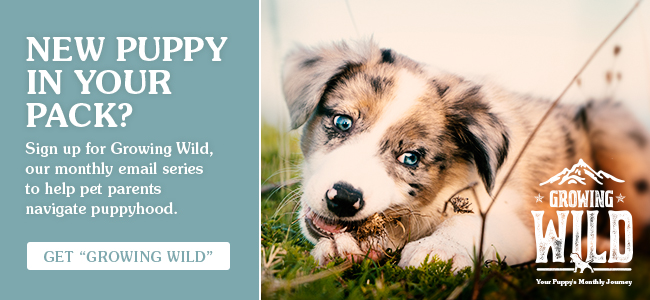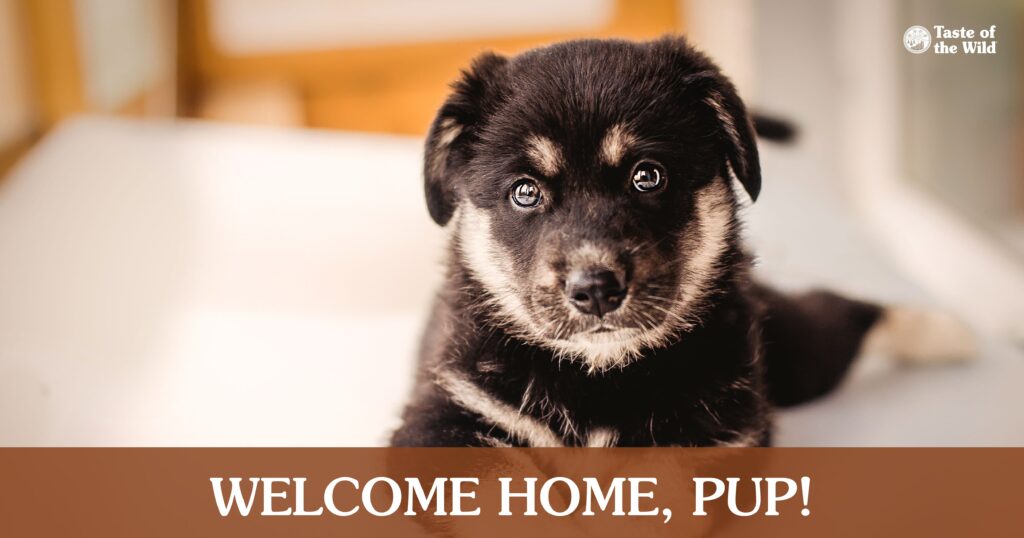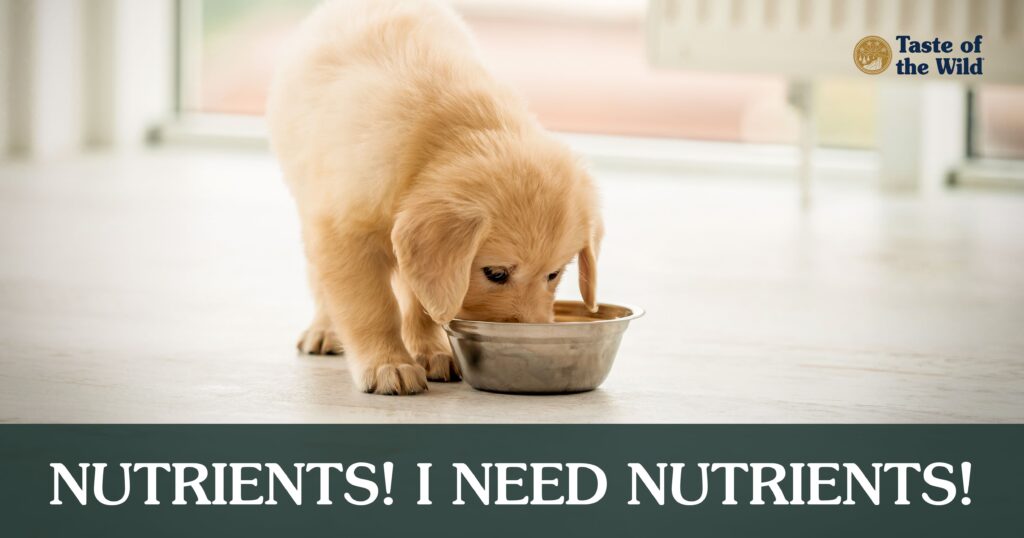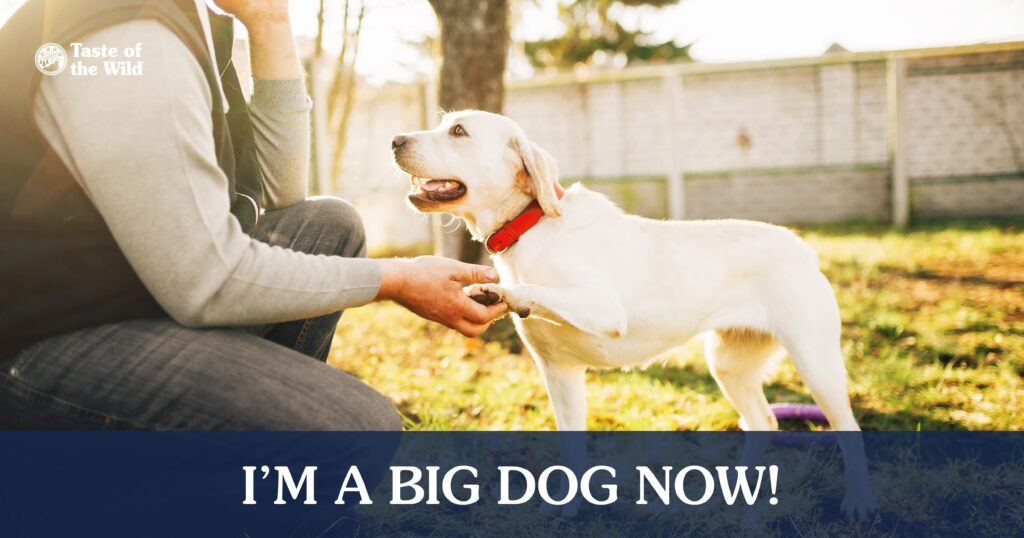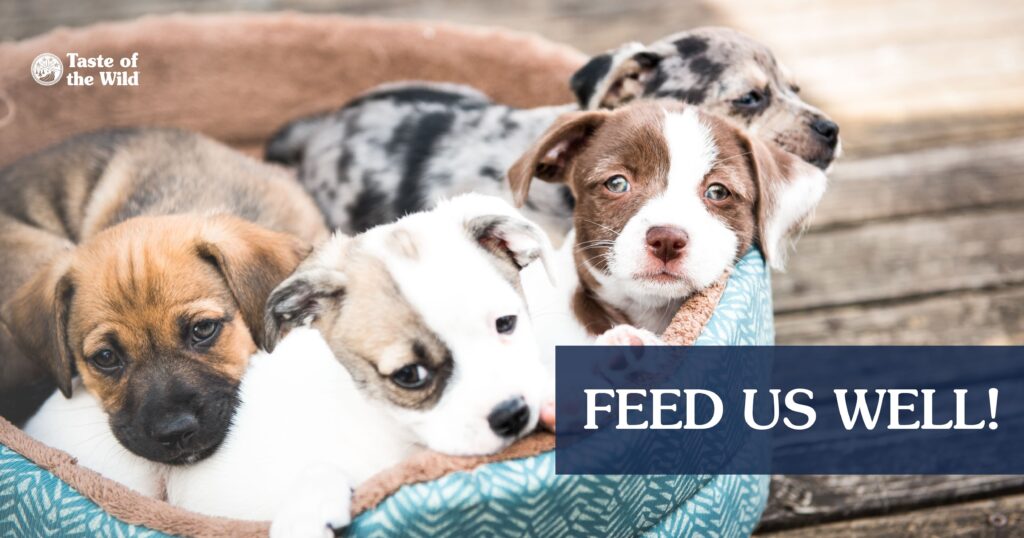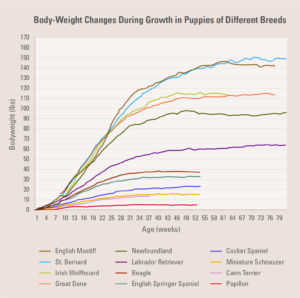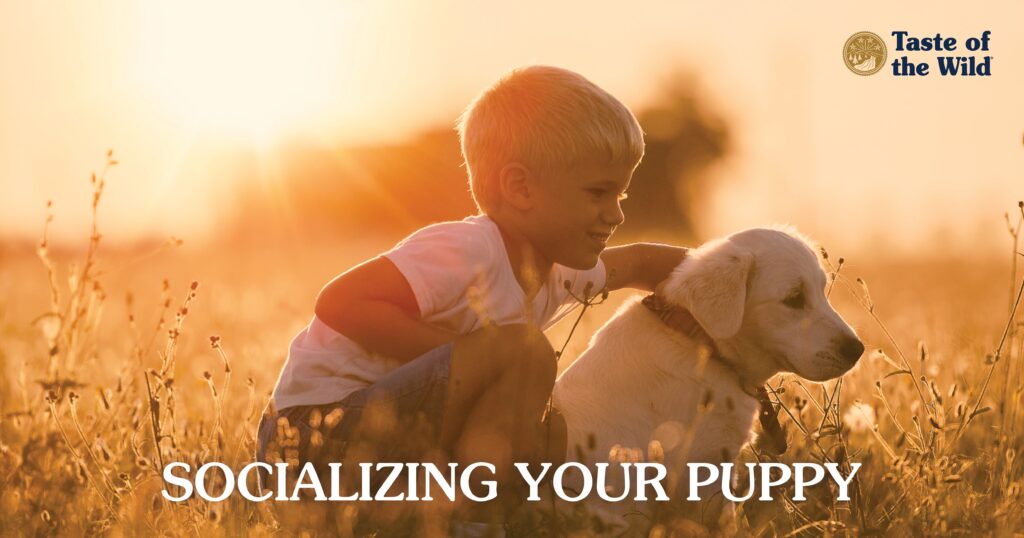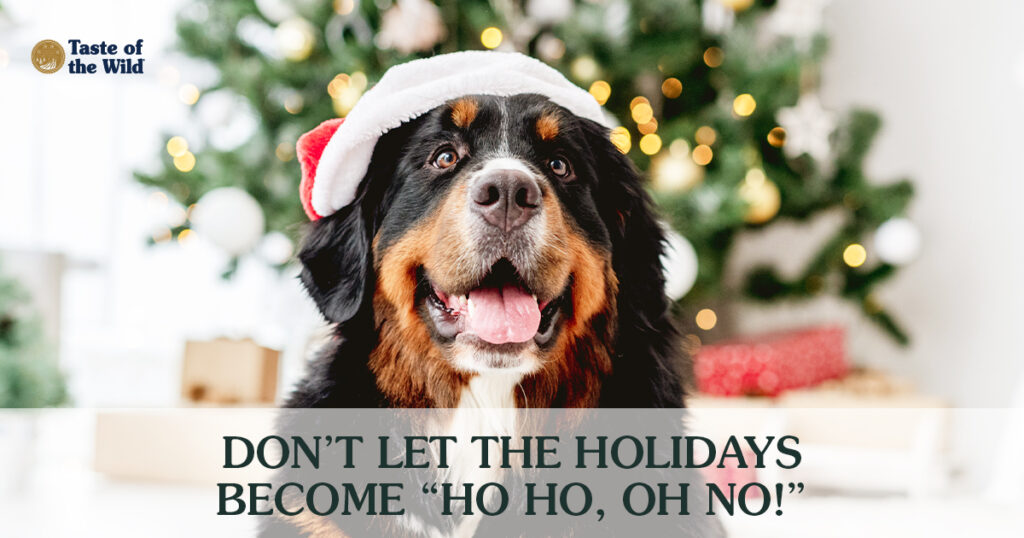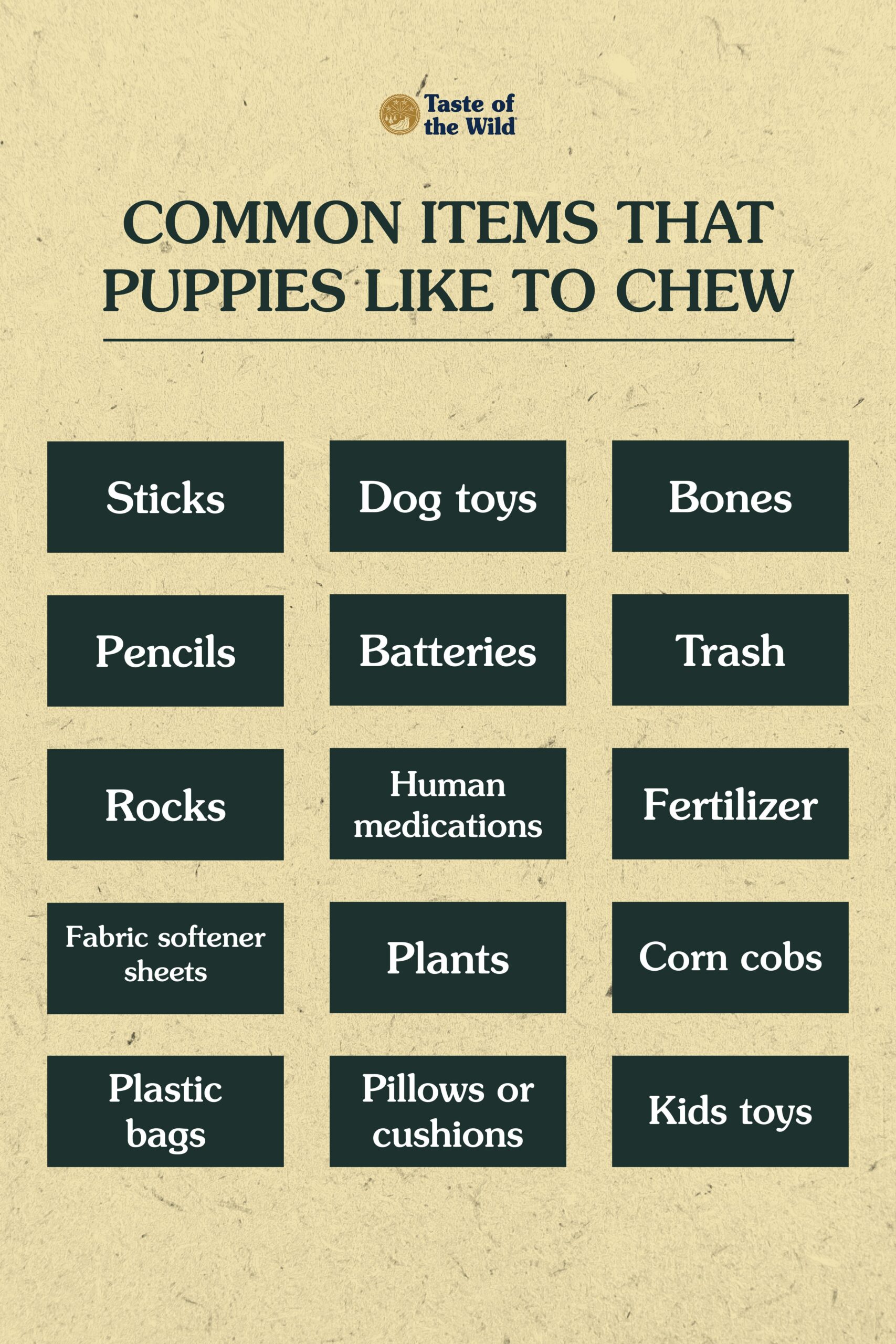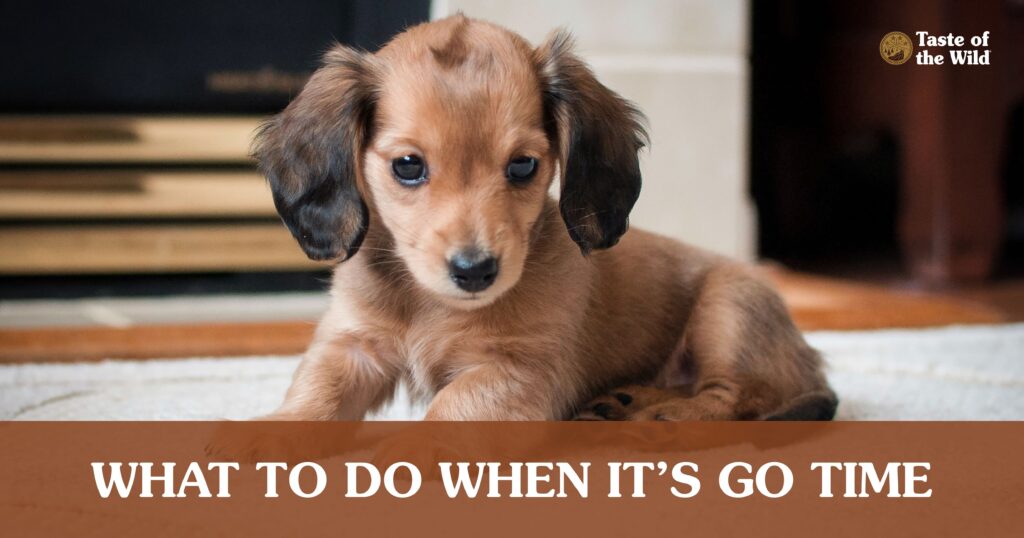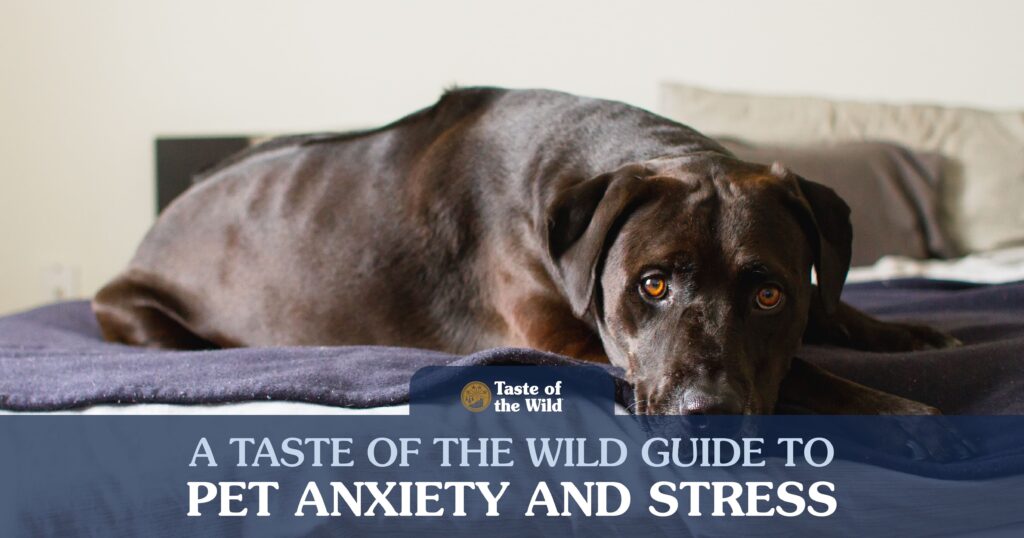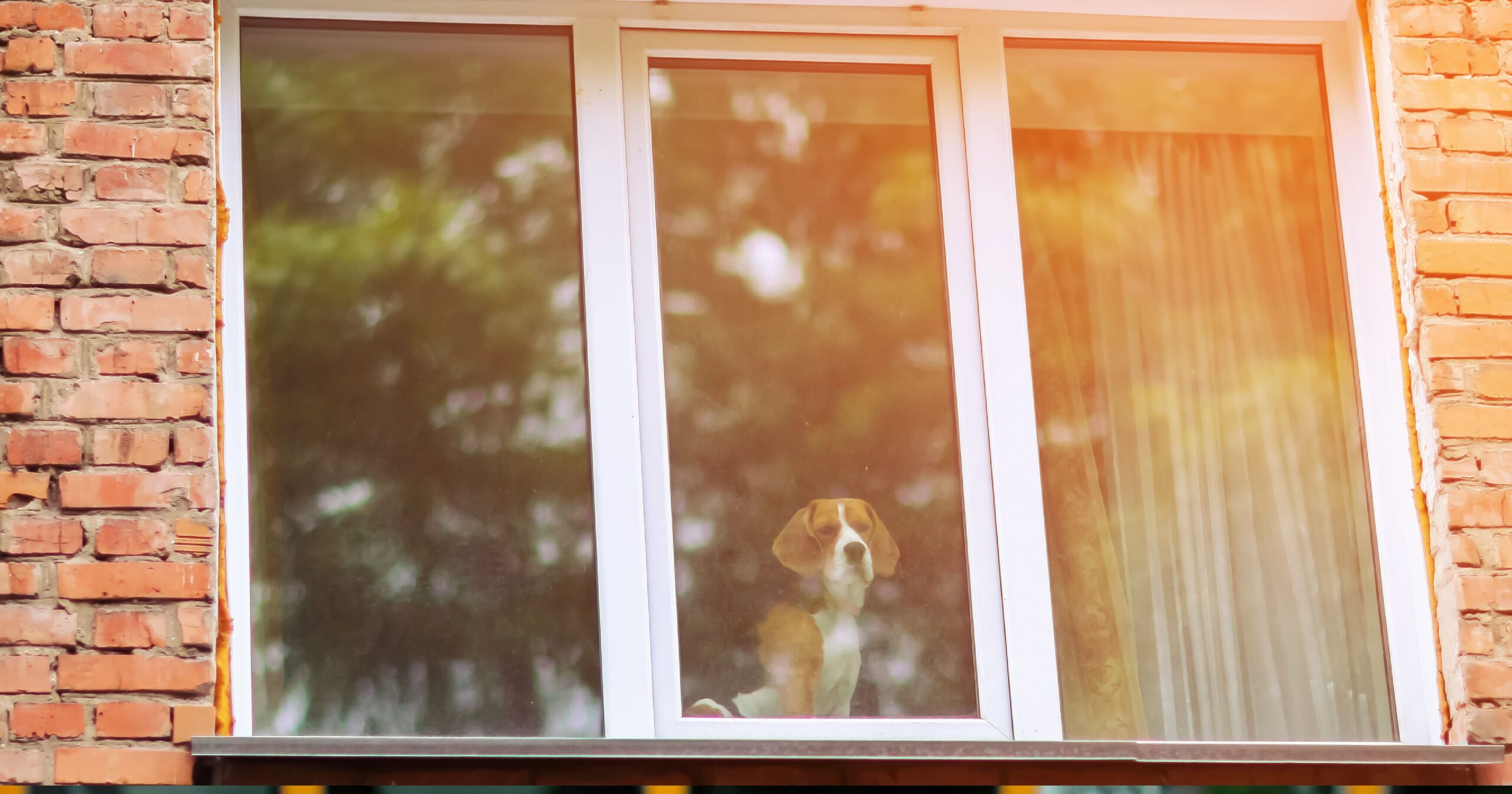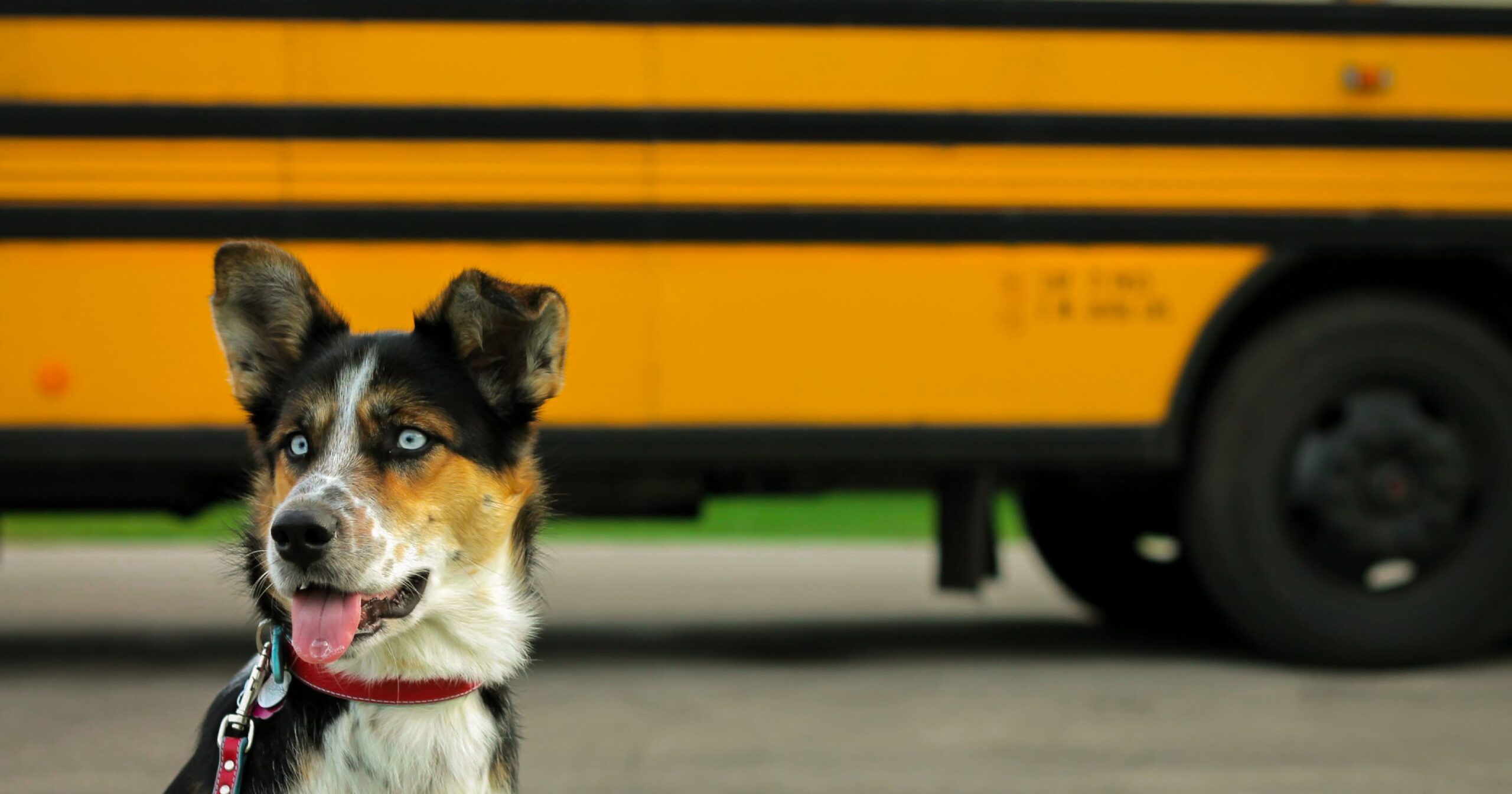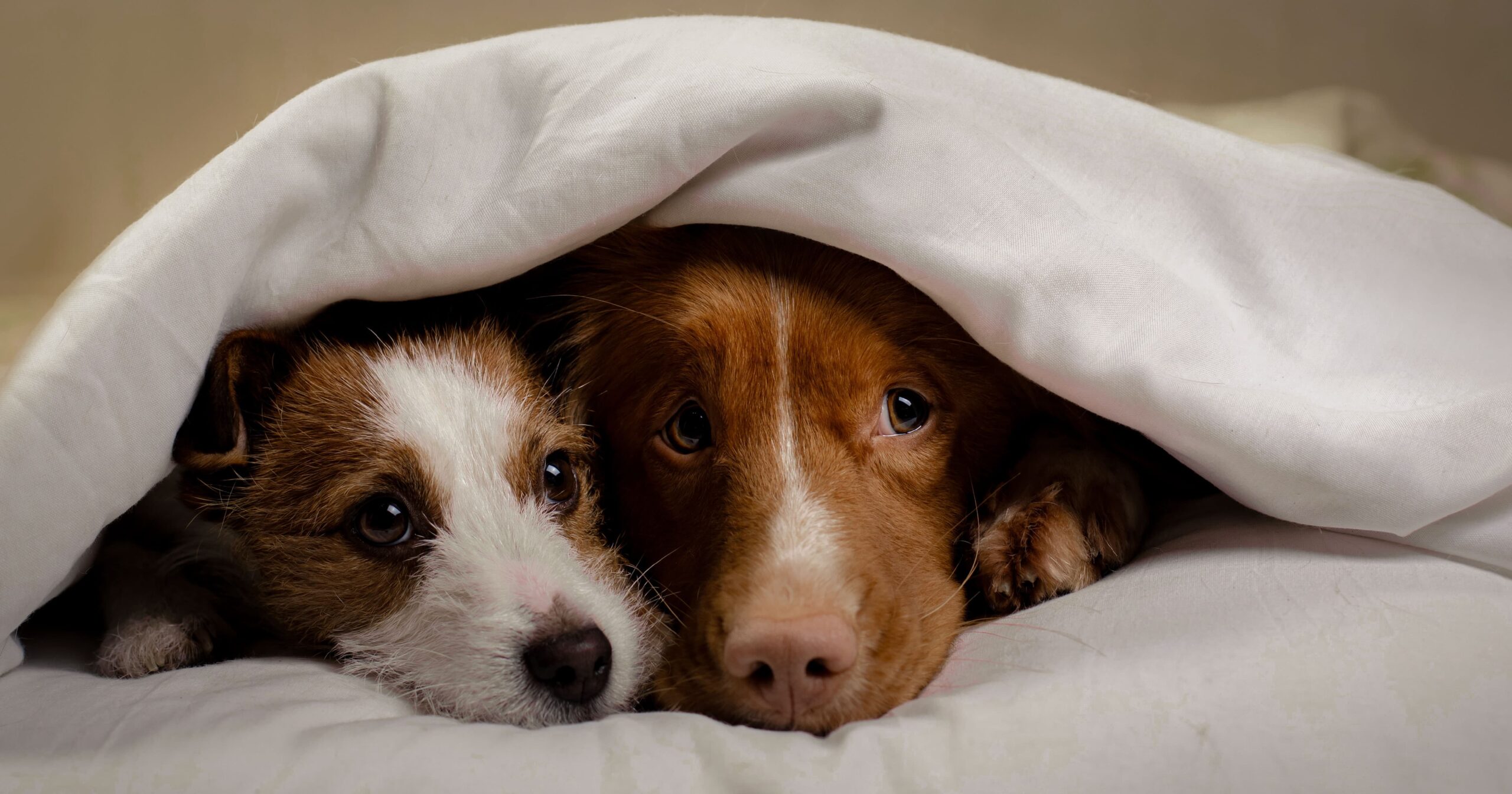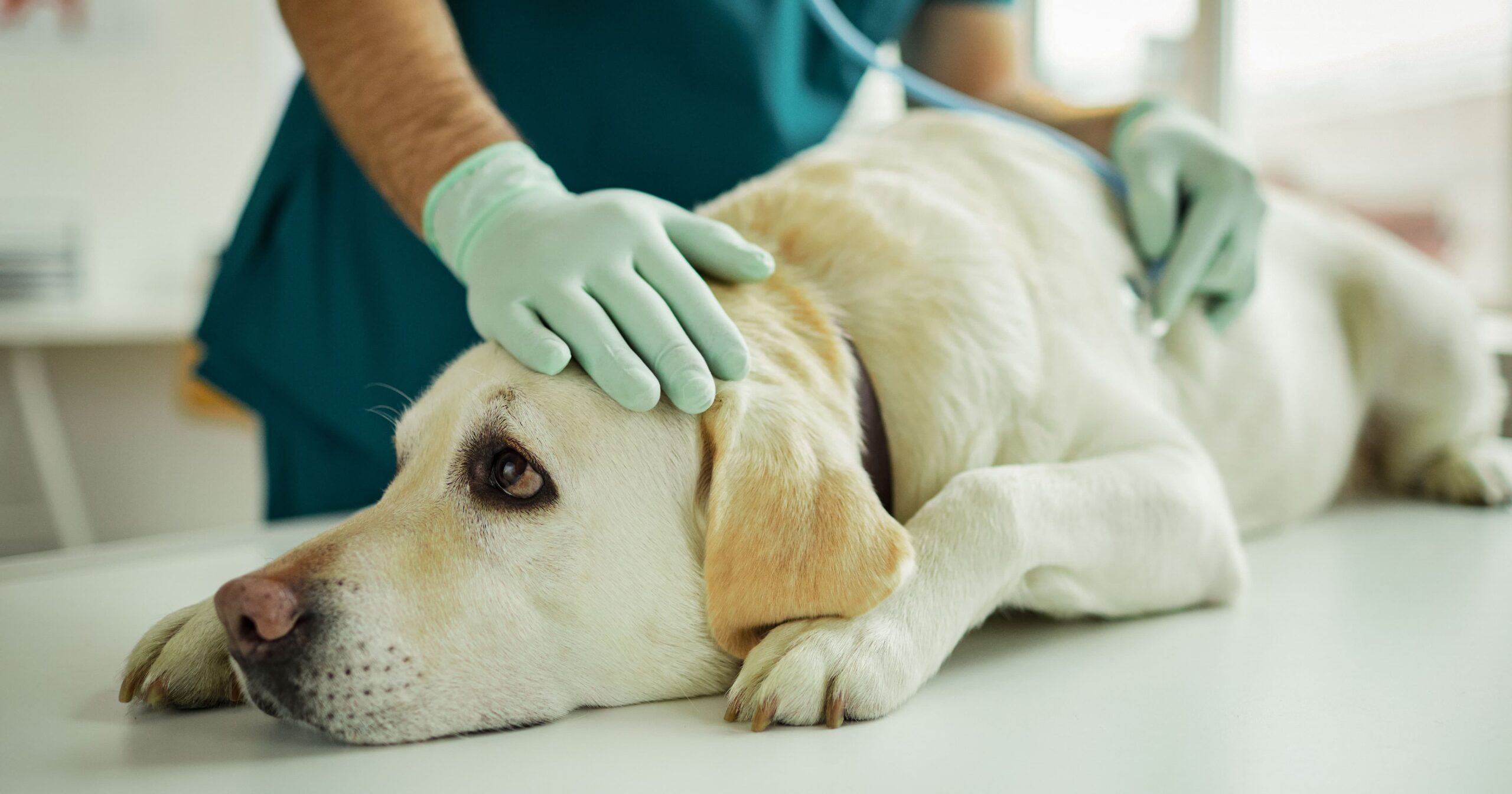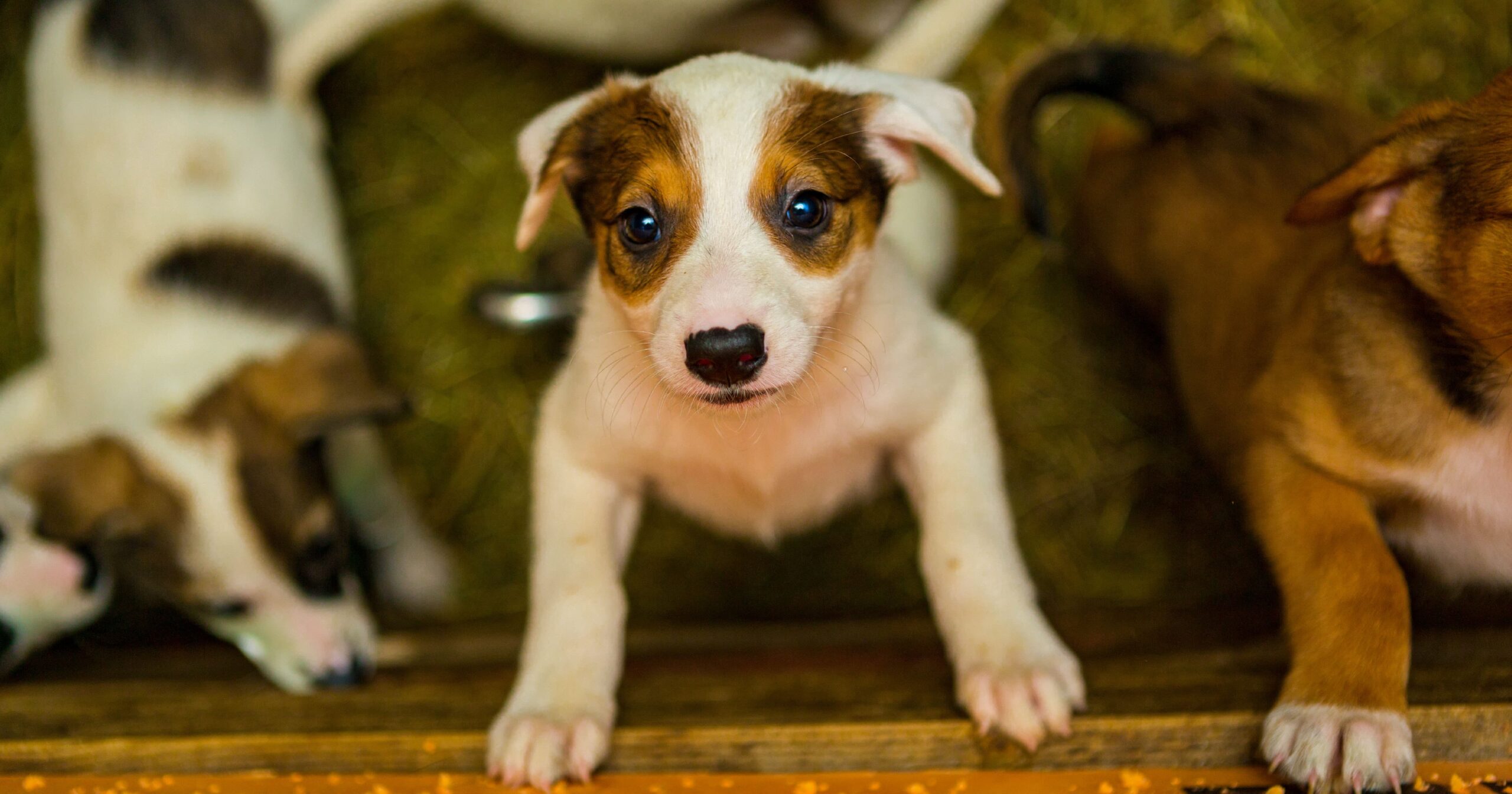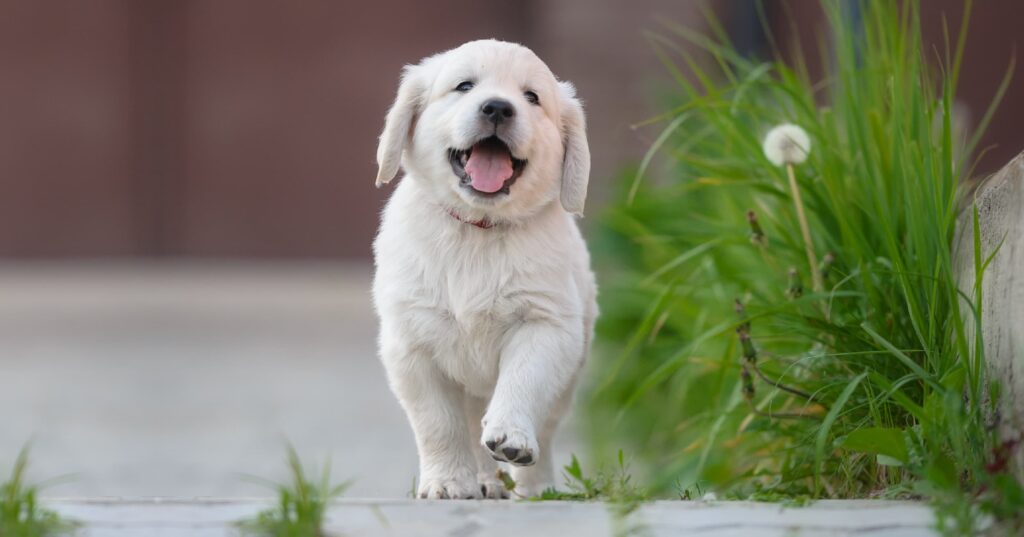
Puppy adoption can be the best time of your life and certainly the best time (so far!) of your puppy’s life. But the process isn’t without stress. Questions and uncertainty abound, especially if this is your first time adopting a puppy. What kind of puppy food should you get? Is puppy food actually that different from adult dog food? When should puppy potty training happen, and how do you handle the inevitable messes? What about leash training and socialization? You’ll likely have dozens of questions about puppy adoption, which is why we’ve assembled a number of tips for puppy adoption to help you and your new pal get off on the right…paw.
The Building Blocks of Your Puppy’s Diet
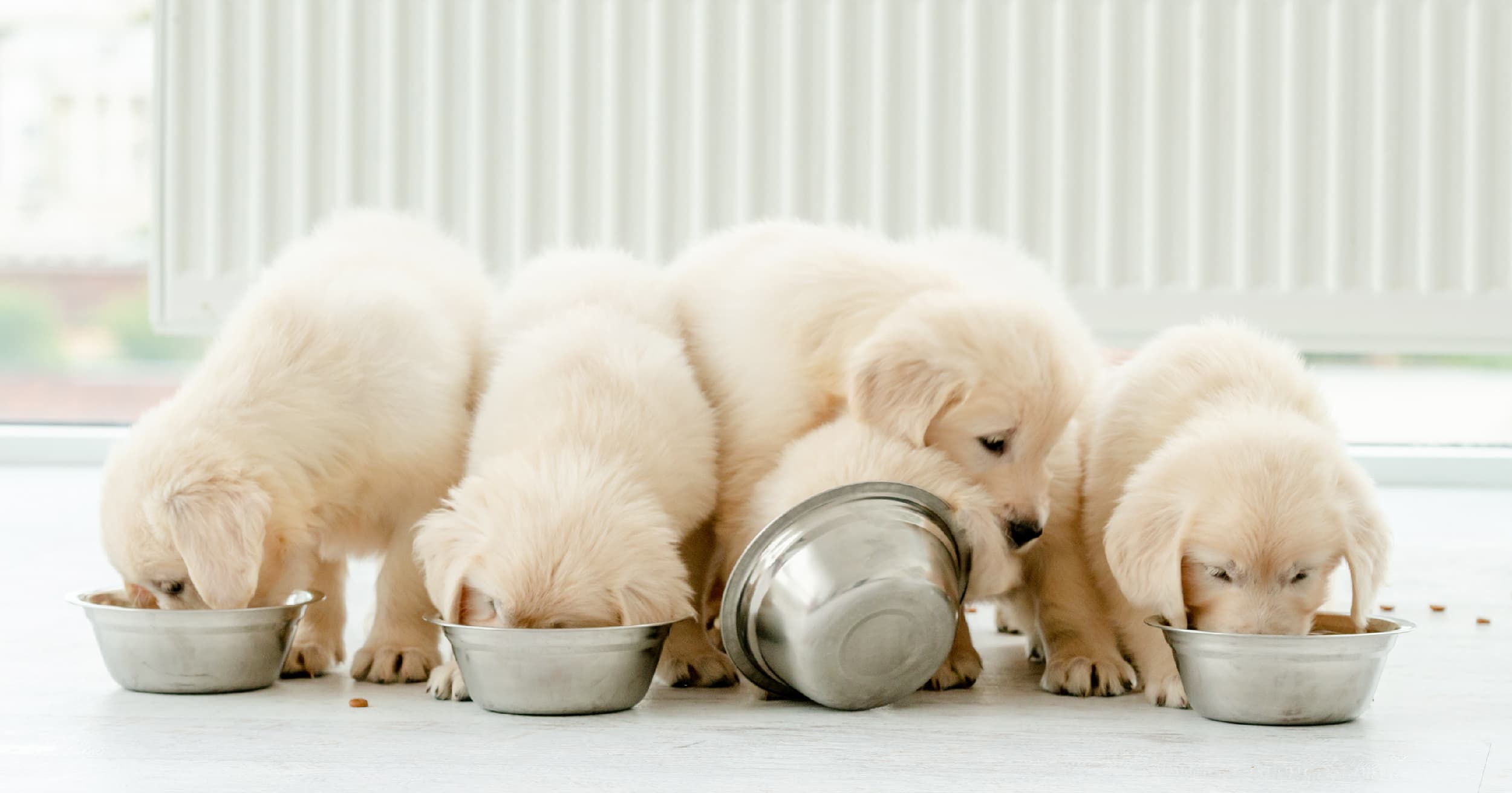
One of the more important things you need right away is a solid understanding of puppy food nutrition. An often-raised question is “Do I really need puppy food?” and the answer is always “You really need puppy food,” or at least an all-life-stages food that is appropriate for puppies. So, when choosing a recipe, make sure you look for a “puppy diet” food or that the bag or can is very clearly labeled as “for puppies.”
Building the right nutrition into their diet now will set your puppy up for long and healthy journey into adulthood. Protein and fat are absolutely vital to your pup’s growing body, so look for those levels specifically before making your choice. But how much protein does a puppy need? There’s no exact answer to that question, since puppies vary wildly in size from breed to breed and age to age and so do their needs regarding puppy food nutrition. VCA Animal Hospitals recommend that the protein range for optimal puppy growth is 22–32 percent for dry puppy food.
To make things a bit more confusing, small breed and large breed puppies have their own specific requirements, partly because small breed puppies tend to have a higher metabolism and need more calories to keep up with their higher energy levels. Long story short: Consult with your veterinarian before choosing your puppy food. In the meantime, you can read our blog about puppy food nutrition, where we discuss:
- The difference between puppy food and all-life-stages dog food
- Why nutrients matter in a puppy-diet food
- Where to find portion sizes
Getting your puppy started off properly from a nutritional standpoint will set up a lifetime of success and happiness for both of you.
READ MORE ABOUT THE BUILDING BLOCKS OF PUPPY NUTRITION
It’s Go Time: Cleaning Up When Potty Training Your Puppy
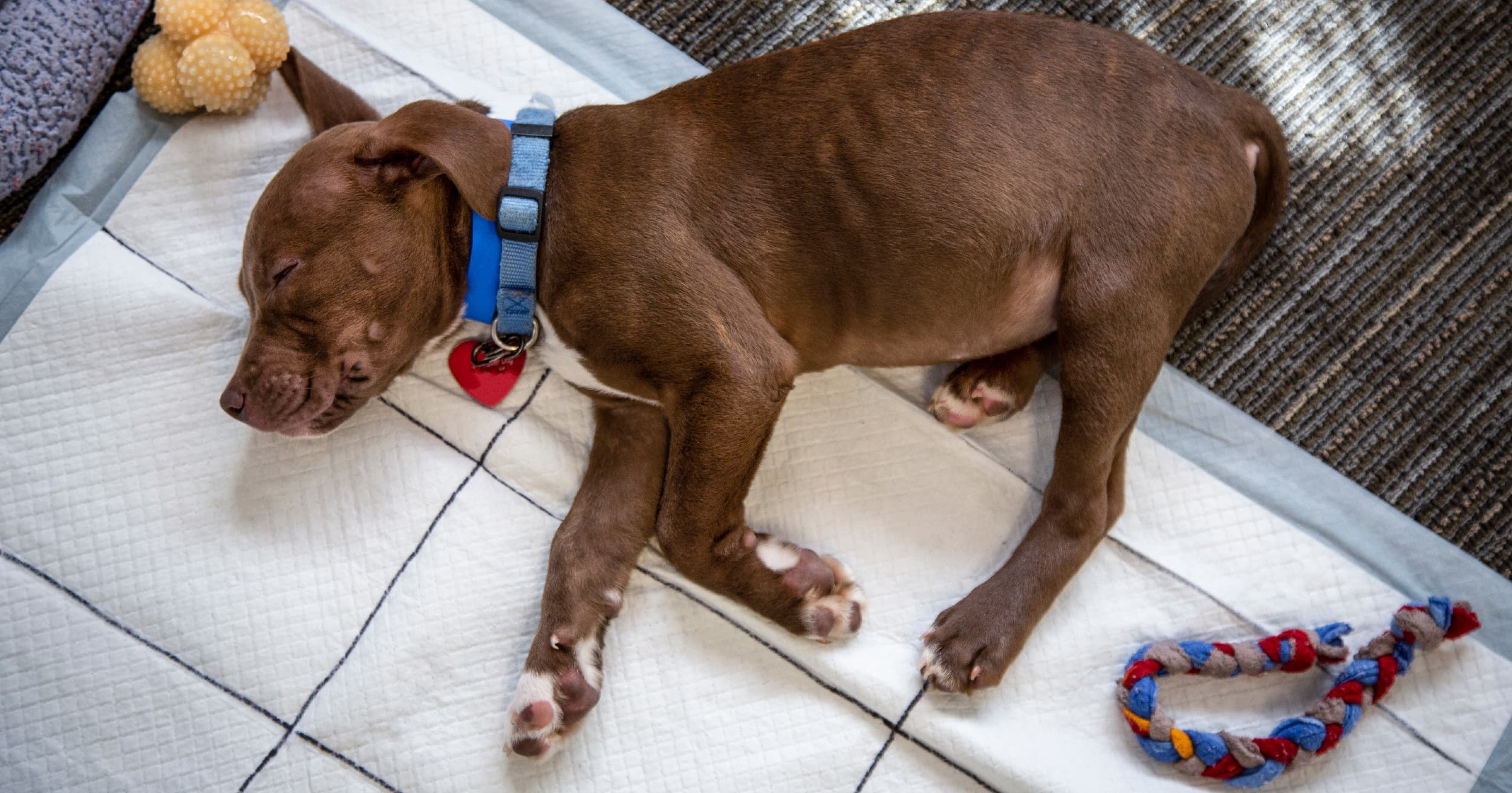
Puppy potty training. It isn’t always easy, and it will most certainly be messy at times. Every puppy is different, so every puppy potty training timeline will be different. Your pup goes on their own schedule, especially at the beginning of their potty training.
To avoid puppy messes as much as possible, here are some tried-and-true puppy potty training tips.
- Start early. You can “officially” start potty training your pup as soon as you bring them home. Invest in some pee pads and get to work!
- Be positive. That old “rub their nose in it” method has no place in any civilized puppy home, and it probably never should have been used. This is because it simply doesn’t work! Scolding, yelling or rubbing their nose in the spot only breeds confusion. “Am I not supposed to poop at all?” Instead, praise your pooch for doing what they need to do while immediately taking them outside, or wherever the desired target location is.
- Set an indoor location. Unless you are on a 24/7 vigil, your puppy will go indoors. But you can control where they go and set expectations that there are designated puppy potty zones. This is where pee pads come in handy. If they know that they can go only on a pee pad, soon that pee pad will become “the grass,” and they’ll understand.
- Crate training is puppy potty training. Dogs really try to avoid going to the bathroom where they sleep, so crate training doubles as potty training. This isn’t to say that they won’t have accidents in their crate; but most pups will hold it as long as they possibly can while crated.
- Stick to a routine. Dogs are creatures of habit, so turn puppy potty breaks into a habit. If you take them outside at random, they won’t learn when it’s time to go. Eliminate the time variable and eventually they’ll eliminate…on time!
No matter how thorough your puppy potty training methods are, there will be accidents. And that’s OK! When it’s go time and they don’t make it to the pee pad or to the front yard, you’ll be prepared, thanks to our puppy potty training cleanup tips. We’ll tell you how to block smells and stains from your temporarily thwarted puppy potty training methods, and offer up some tips and tricks for easy cleanup.
Together, we’ll get through this. It’s go time!
READ MORE ABOUT CLEANING UP WHEN POTTY TRAINING A PUPPY
How to Train Your Puppy to Walk on a Leash
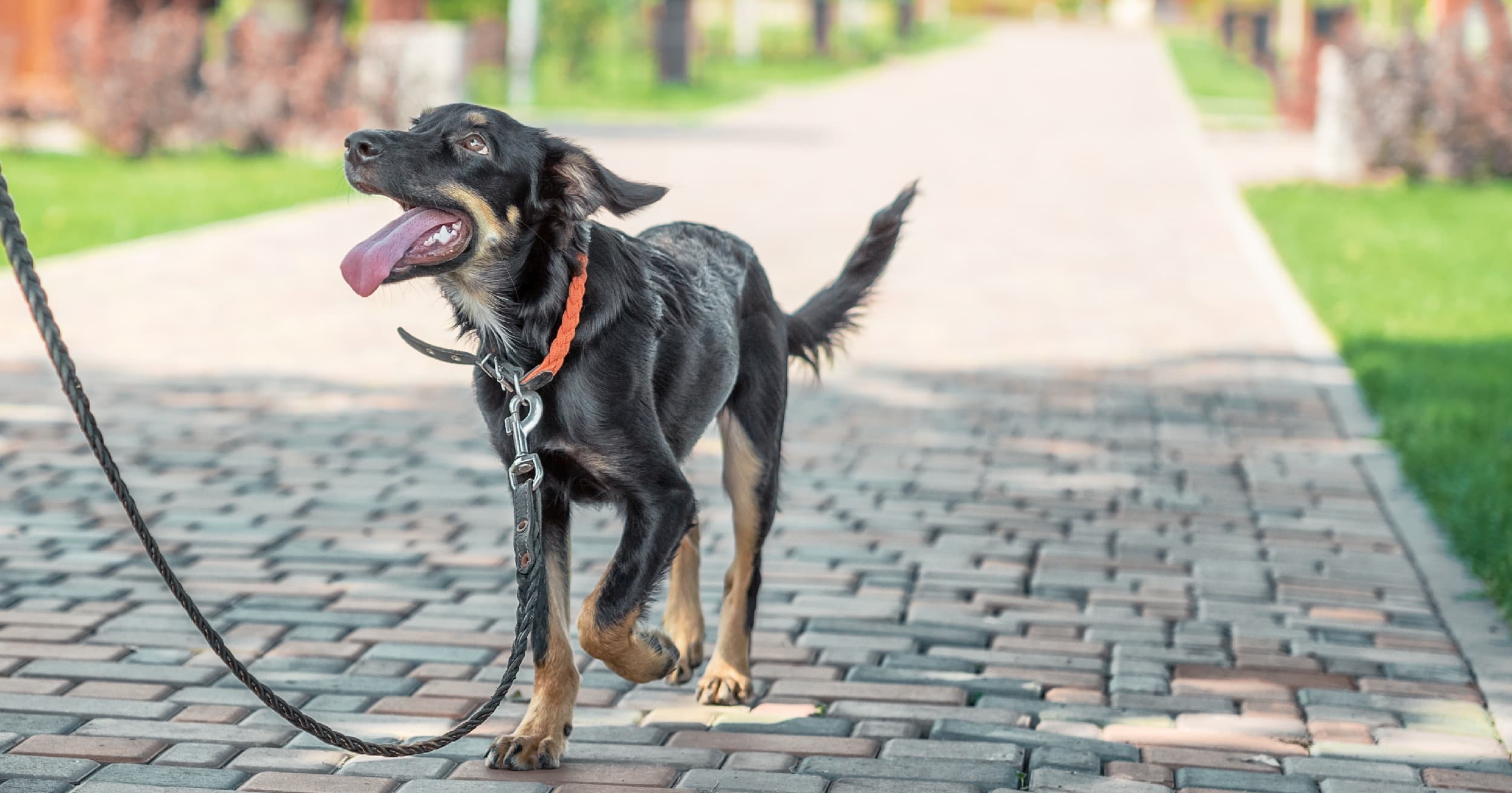
Get outside and unleash fun by starting puppy leash training. You can start leash training a puppy as soon as you bring them home. All you need to do to start leash training your puppy is to acquire the correct size harness and leash length. Most leashes and harnesses have height/weight requirements right on the package, but you can ask your veterinarian for advice, too. Once you have that ironed out, let the puppy leash training commence.
Follow our comprehensive blog about leash training your puppy, where you’ll learn:
- How to get your puppy comfortable with their leash
- How to practice walking on the leash before venturing out for the real thing
- When it’s time to test out your skills in a new environment
With these tips about puppy leash training, you’ll be going for multiple walks a day in no time.
READ MORE ABOUT HOW TO TRAIN YOUR PUPPY TO WALK ON A LEASH
Puppy Safety in the Summer

Summer is never too far away. If you have a new puppy, summer is either happening or about to happen or happened not too long ago! Whatever time of year it is, you’ll need summer safety tips for your new puppy sooner or later. Why not now?
Here are a few basic tips for a new puppy’s journey through the dog days of our favorite season.
- Don’t stay out too long! When the sun is beating down, 15–20 minutes is more than enough. When in doubt about your puppy’s safety, look for excess panting or lethargy. If that’s happening, head for the AC!
- Stay inside! When it’s blazing out there, remember that you don’t have to go outside to have fun.
- Never leave your puppy in a parked car. Seriously. Just don’t do it.
- Know your puppy! Every dog has different preferences and, more importantly, tolerances. If your puppy is uncomfortable in the summer sun, get out of it!
If you’re wondering how hot is too hot to walk dogs, the American Kennel Club suggests that when the air is 85 degrees F or higher, the pavement is simply too hot for your pup’s feet without protection. But again, your puppy may be uncomfortable at a cooler temperature, so your best barometer for puppy safety in the summer sun is…your puppy! Pay attention to their needs and wants, and you’ll rarely go wrong.
READ MORE SUMMER SAFETY TIPS FOR YOUR NEW PUPPY
Socialize Your Puppy Now for a Friendlier Tomorrow
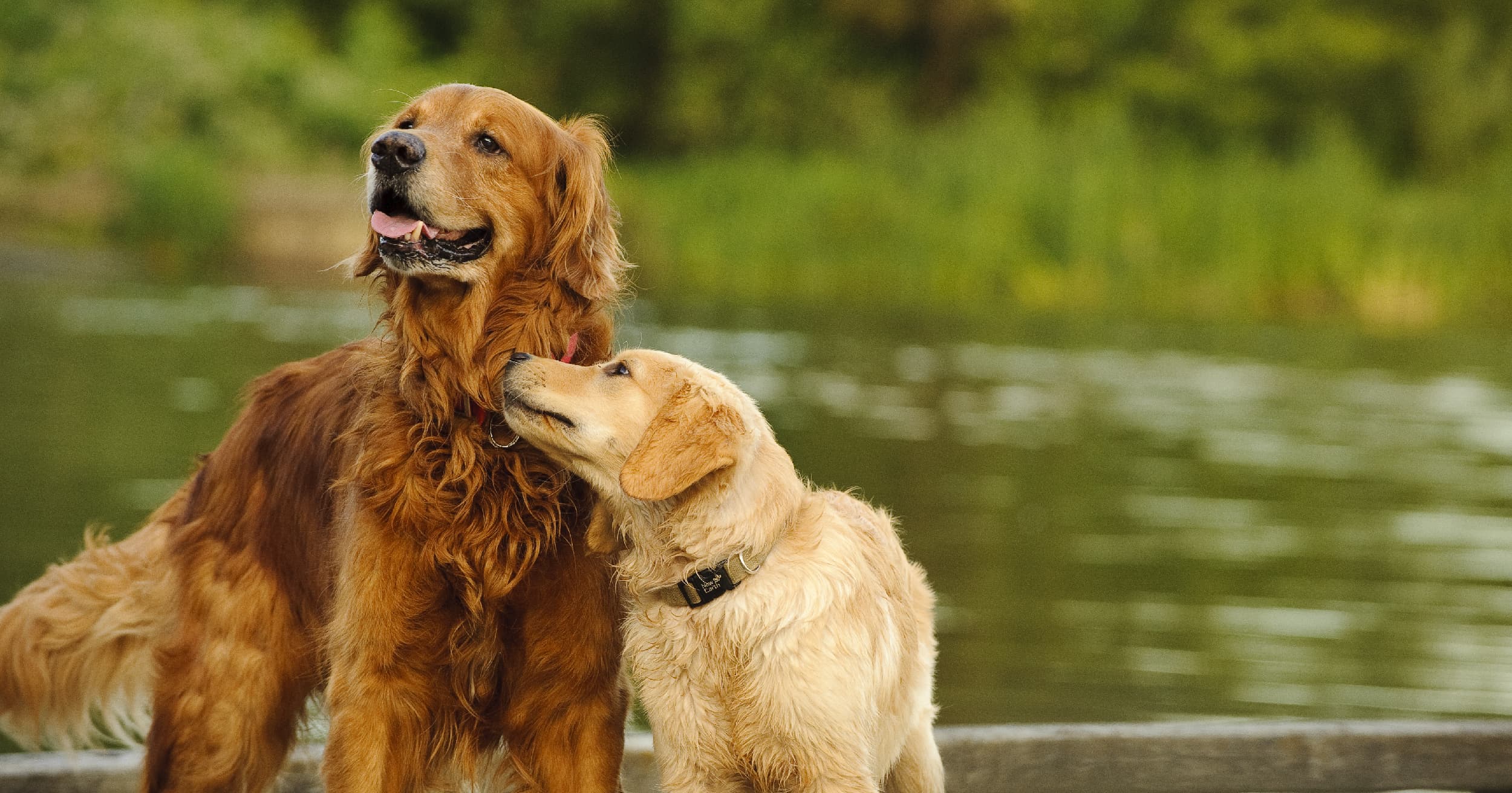
Wondering when to socialize a puppy? The answer is “right now!”
If you’re engaging in leash training your puppy, socialization is a natural next step, and builds a foundation of friendliness. Socializing your puppy between 7 and 16 weeks of age can set them up to get along with everyone for the rest of their lives.
But mostly, you want to get them used to other dogs so you can traverse trails and do the dog parks without worry. So how do you socialize a puppy? It sounds like a lot of work!
Well, it is. But here’s our handy puppy socialization checklist where you’ll learn:
- How to begin socializing your puppy
- How to expand your puppy socialization territory
- Interacting with other dogs for the first time (and many others)
- What to expect when socializing your puppy in new locations
- Meeting people with your puppy
Knowing how to socialize a puppy with other dogs is a vital part of giving your newly adopted puppy a long, full life.
READ MORE ABOUT SOCIALIZING YOUR PUPPY
Puppy Adoption Stress
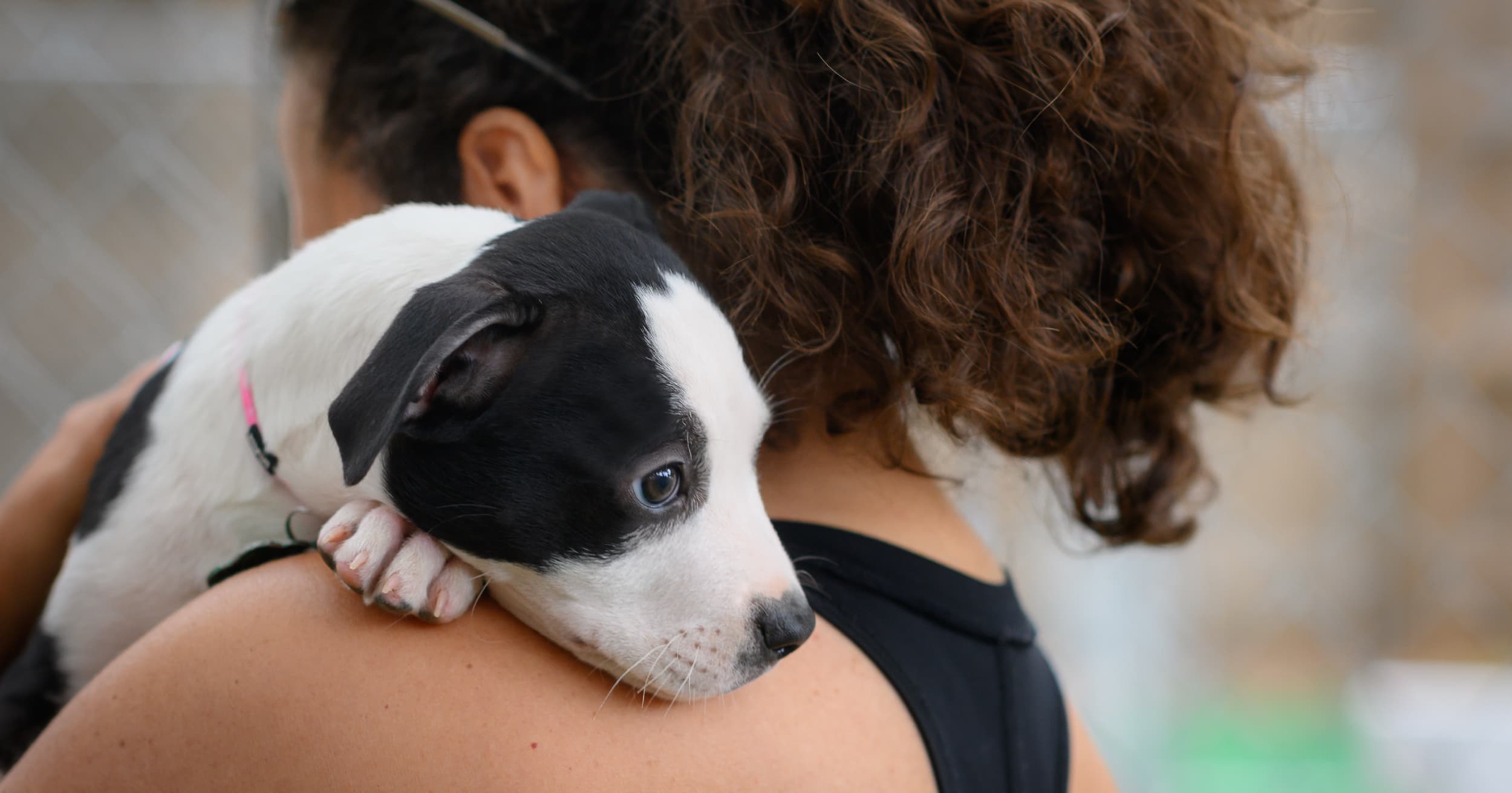
You’ve found your ideal best friend on Petfinder or by perusing rescue shelters or online ads. No matter how you’ve decided on your puppy adoption, you’re about to seal the deal. But how do you do it without majorly stressing out your new puppy?
The adoption process can be rough on a four-legged young one. A new home, a new puppy parent, new smells, new…everything. It’s no wonder that puppy anxiety is a common occurrence during the puppy adoption period. Here are a few tips for easing the puppy anxiety generated by the adoption process.
- Be available. Your puppy’s entire life has been upended! They need constant comfort, so if you can take a few days off work to ease their transition, we urge you to do so.
- Give them a home within your home. Puppy anxiety can be lightened if they have a “safe space” to go when they’re feeling stressed out. Usually, this is their crate, but it can be a pile of blankets or some sort of hidey-hole that lets them get away from the commotion.
- Puppy–proof the house. The last thing an anxiety-filled puppy needs is to constantly be told “No,” so try to pre-empt those situations by thoroughly going through your home and making sure that there’s nothing that your puppy can hurt or can hurt your puppy.
- Ease them in slowly. Don’t inundate your puppy with new people, pets, sights and sounds. Let them explore at their own pace, meeting people and checking things out as they want to. A stressed-out puppy probably doesn’t want to meet a new cat, for instance.
- Be positive. As with all things relating to puppy adoption, be positive at all times. Negative reinforcement only causes stress and anxiety, which is what we’re trying to avoid.
There are a million other ways that you can ease puppy anxiety during the pet adoption process. We don’t cover all of them, but here’s a comprehensive look at puppy anxiety and stress during the puppy adoption process.
READ MORE ABOUT EASING STRESS DURING PUPPY ADOPTION
Puppy Spay and Neutering
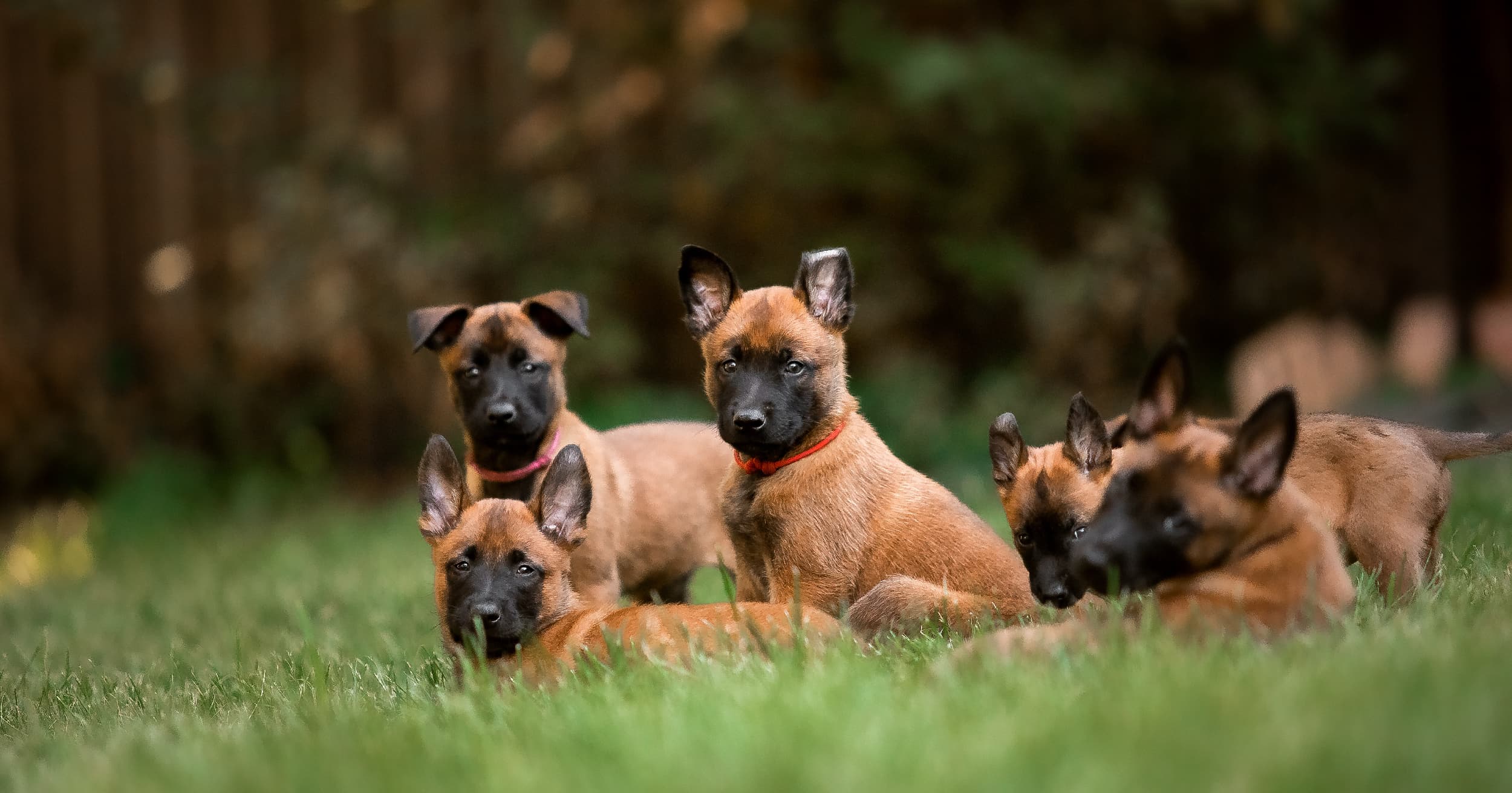
Neutering or spaying your puppy can be an important part of the puppy-having process. And while it can seem cruel or painful in the moment, spaying or neutering your puppy can provide a number of long-term health benefits.
In 2013, a review of American pet health records found that the states with the healthiest and longest-living pets also had the highest neutering and spaying rates. Neutered male dogs were found to live 18 percent longer than unneutered male dogs. For male dogs, neutering can contribute to a longer life span because it eliminates the possibility of testicular cancer and decreases the risk of enlarged prostate gland, prostatitis and perineal hernias. If you have a female puppy, spaying helps prevent breast cancer and uterine infections.
There are a number of other reasons to spay or neuter a puppy. Puppies who haven’t been neutered or spayed are more likely to misbehave, as in wander away, display aggression or mark their territory with urine. If you look at the bigger picture, spaying puppies and neutering puppies prevents unwanted litters, which helps reduce pet overpopulation.
If you’re wondering when to spay or neuter your puppy, there (surprise!) isn’t a single, universal answer, because growth rates vary with breed and size. The best time for surgery for your pup depends on factors such as breed, behavior, environment and so on — your vet can help you make this important decision. Small breed puppies are often spayed or neutered around six months of age, but it is not uncommon to hold off on surgery for large breed puppies until they are closer to a year old.
Puppy Adoption: A Little Prep, A Lifetime of Fun
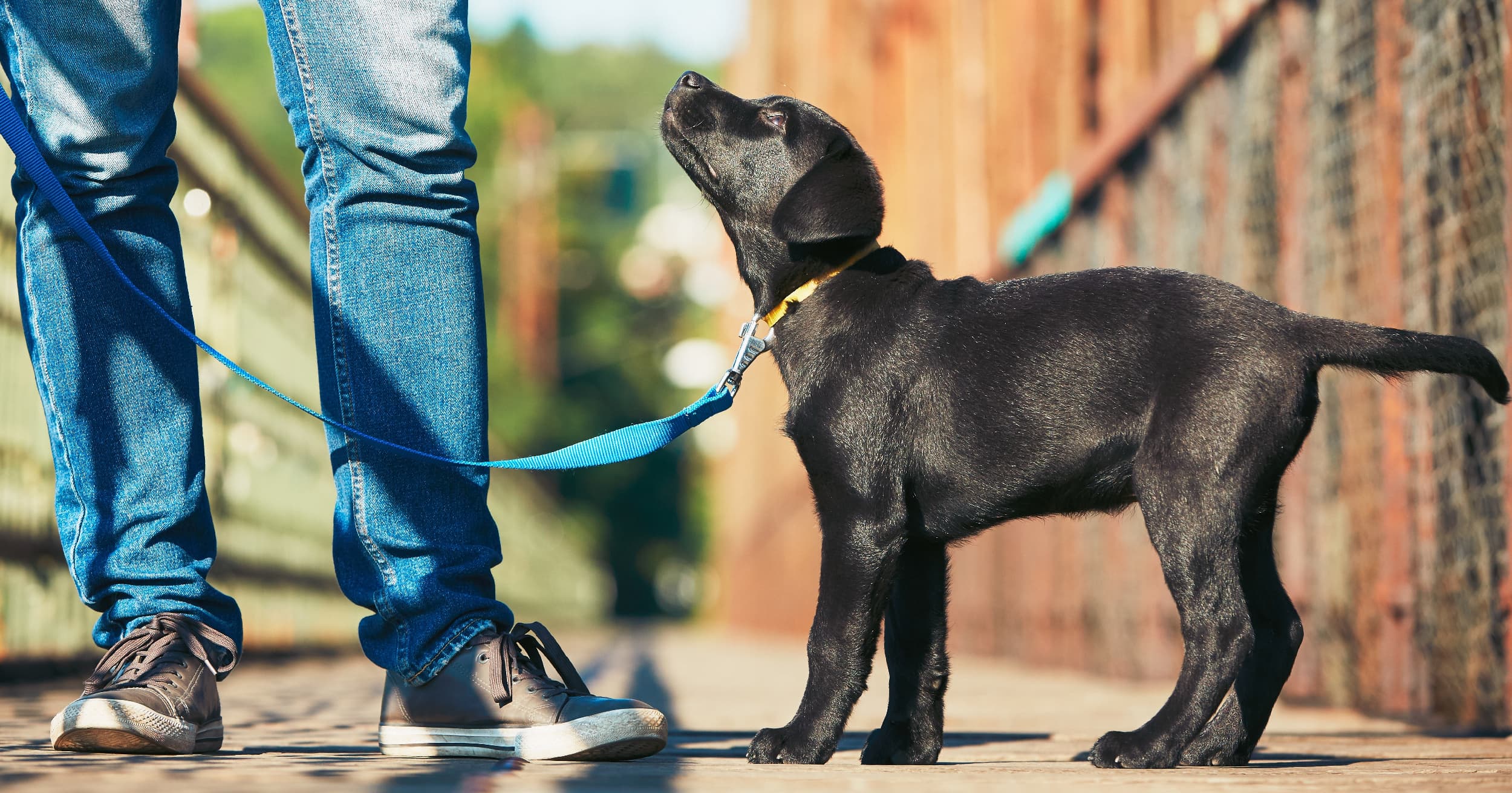
Puppy adoption can be taxing at times, but it’s worth the effort, especially if you use the available tips for puppy adoption to start your journey together off right.
RELATED POST: A Taste of the Wild Guide to Pet Anxiety and Stress


